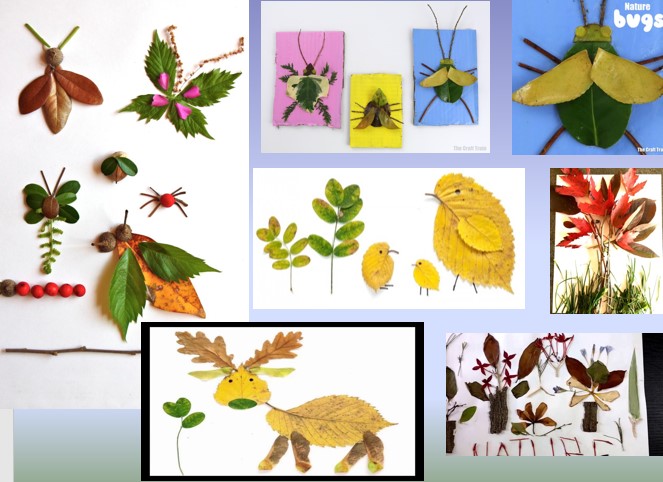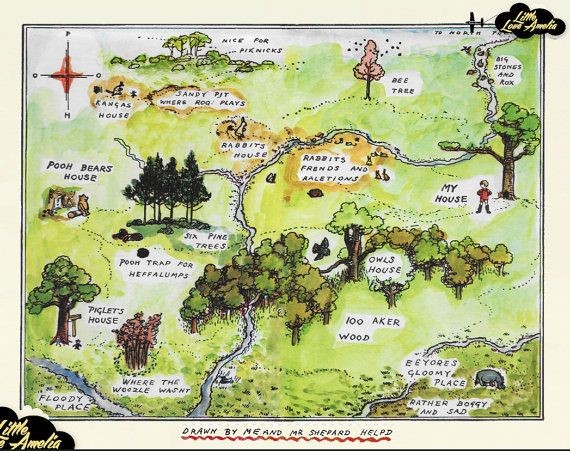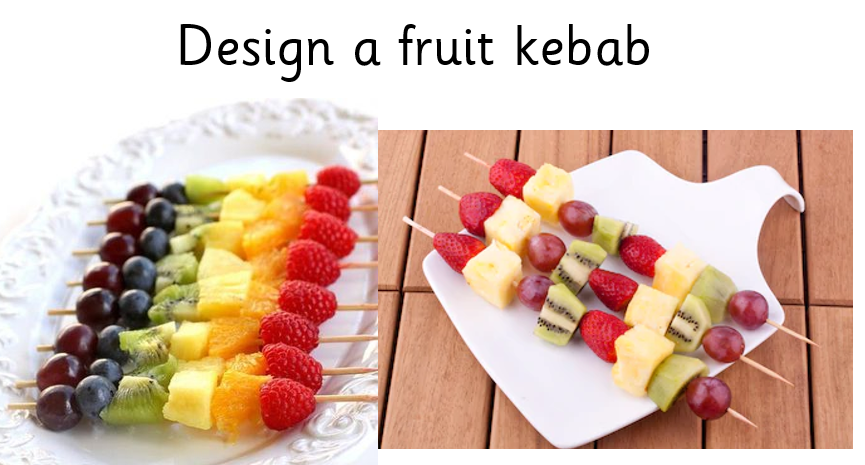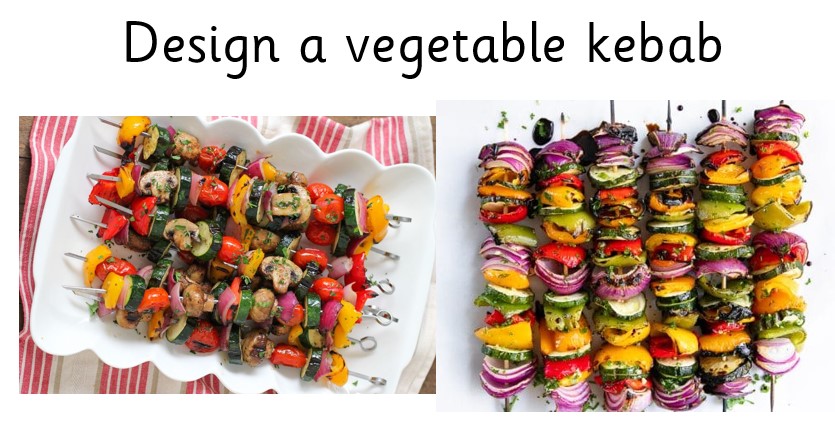As per last week, some of you will be in school this week, so we have allocated work to particular days for English and Maths. Hopefully this will avoid repetition of work and enable you to prepare children for the days they are in school.
Please email us if you have any questions.
l.thorn@wransom.herts.sch.uk
s.kholodenko@wransom.herts.sch.uk
a.morris@wransom.herts.sch.uk
Maths
This week’s Flashback Powerpoint, with a series of quick questions covering topics we have learnt so far. Remember to view it in slideshow mode so you don’t see all the answers! You could work through a page each day.
Maths: Monday – Place Value
Warm up: Counting forward and backwards from any number.
Pick numbers on a 100 square and practise counting forwards and backwards from each number. Start by counting in ones.
Move on to count forwards and backwards in tens starting from any number. What do you notice about the digits? Do they both change?
Place value – Partition numbers into tens and ones.
- Start by playing ‘Basketball Place Value’ to practise counting a number in tens and then ones: https://www.topmarks.co.uk/learning-to-count/place-value-basketball
- Work through the Classroom Secrets powerpoint below.
- Then select a 2-digit number from a 100 square and draw it as dienes and as a part whole model. Continue until you are confident. Here is a link to a 100 square.
https://www.primarygames.co.uk/pg2/splat/splatsq100.html - Next try the questions on the Classroom Secrets varied fluency partitioning sheets.
- Finally, move on to answer the extension questions. Remember to explain your reasoning.
- Can you make up your own ‘Guess the number questions’?
Maths: Tuesday – Place value
Warm up: Count in multiples of 2, 5 and 10.
Practise counting forward and backwards in multiples of 2, 5 and 10.
Practise your 2, 5 and 10 times tables. Remember ‘times’ or ‘x’ is like saying ‘groups of’ or ‘lots of’.
Watch and join in with times tables songs:
https://www.bbc.co.uk/teach/supermovers/times-table-collection/z4vv6v4
Place value – use partitioning to add and subtract multiples of 10.
- Pick a 2-digit number from a 100 square and draw it as sticks of ten and ones.
- Now add a stick of 10. How many do we have now? Do both digits change?
- Write the addition number sentence. E.G. 34 + 10 = 44
- Go back to your original number and subtract a stick of 10. How many do we have now?
- Write the subtraction number sentence. E.G. 34 – 10 = 24
- Repeat until your are confident.
- Now move on to add and subtract 20/30/40.
- Finally, try these reasoning and problem solving worksheets.
Maths: Wednesday – Sequences
Warm up: Can you recall your number bonds to 10 quickly?
Write out your number bonds to 10 as addition number sentences. Now write the inverse subtraction number sentences. E.G. 2 + 8 = 10 10 – 8 = 2
Practise by playing hit the button. Try to beat your score each time.
https://www.topmarks.co.uk/maths-games/hit-the-button
Sequences – count in steps of 1, 2, 5 and 10.
- Count forwards and backwards (using a 100 square) in multiples of 1, 2, 5 and 10. What do you notice about the sequences?
- Select a number on the 100 square and write the number in the middle of a line in your book. Then write the next 5 numbers and the previous 5 numbers in the sequence.
Start by counting in ones.
E.G. Select number 34. Write: 29 30 31 32 33 34 35 36 37 38 39 - Then move on to steps of 2. E.G. Select number 32. Write: 22 24 26 28 30 32 34 36 38 40 42.
- When confident move on to steps of 10 and 5.
- Finally, complete the extension sheet by completing the sequences and write what you are counting in steps of.
Maths: Thursday – Comparing numbers
Warm up: Can you name and order the days of the week?
https://www.bbc.co.uk/teach/supermovers/ks1-english-days-of-the-week/zd8njhv
Comparing numbers
- Pick a 2-digit number and make/draw the number in different ways – tens and ones, as digits, as a part-whole model, on a number line.
- Work through the Classroom Secrets powerpoint below.
- Then complete the worksheets. Remember the crocodile always eats the bigger number!
3 < 10 (3 is less than 10). 20 > 7 (7 is greater than 7)
Maths: Friday – Sports Day
Today would have been our school Sports Day. Ask an adult to time you doing different events in your garden and then try to beat your time. Which is the quickest time? How do you know?
Or you could see how many times you can do something in 1 minute (60 seconds). Ask an adult to time a minute for you. How many times can you write/type your name? Do star jumps? Run to the end of the garden and back? Draw around a shape?
English – Monday
Phonics – Today’s sound we are recapping is ‘i-e’, an alternative spelling of ‘igh’.
- If you are really unsure on ‘i-e’ say and write down these words and notice how the ‘i’ goes from a short vowel sound to a long vowel sound and the ‘e’ is not sounded out:
Like, pile, bite, mile, wire, tide, kite - If you are more confident, write ‘i-e’ and ‘igh’ at the top of a page and ask an adult or a sibling to read the following words. Write the words under the correct spelling:
High, while, right, light, tile, fright, stile, fire, tight, white
Can you think of any other words for each of the spellings?
English – Sequencing stories
Do you have any Winnie the Pooh stories at home? If you do maybe you have Pooh Goes Visiting or if you have the chapter book it will be one of the chapters. If you don’t happen to have the story, don’t worry, you can listen to Mrs Kholodenko reading it here:
Task: Can you put the following pictures in the right order and write a sentence or two under each one about what is happening? If you don’t have a printer you could draw your own version of the pictures or just put the number of the picture and then write your sentence(s).







English – Tuesday
Phonics – long ‘oo’ and short ‘oo’
- Do you know the difference between the long ‘oo’ sound and the short, hard ‘oo’ sound? How many examples can you write for each one?
- Make a sentence using one of your ‘oo’ words.
- Read these sentences and notice the difference in how you say the ‘oo’ sounds:
The book on moons will arrive soon.
Kangaroos love to jump through hoops.
Cooking is not all doom and gloom.
Food is too good.
English – Describing characters
Today you’re going to be describing the main characters in Winnie the Pooh. When we write stories we always have to introduce our characters to the reader. How would you describe each of the characters – think about how they look and what kind of personality they have. What do they like/dislike? Read some more Winnie the Pooh stories if you have some at home or watch these videos to learn more about each of the characters:
Here is a link to a lovely website that tells you all about each of the characters – you may want to look at this too: https://www.just-pooh.com/pooh.html
You might want to draw a picture of the character in the middle of a page and then put all your ideas around it. You can then write your ideas in full sentences. Write about Winnie, Piglet, Tigger and Eeyore.
English – Wednesday
Phonics – ‘ur’ or ‘er’?
- Can you think of 5 words that use the ‘ur’ spelling?
- Can you think of 5 words that use the ‘er’ spelling?
- Write the two spellings at the top of a page and ask an adult or a sibling to read the following words. Write the words under the correct spelling:
Fern, surf, ladder, herbs, curly, burn, teacher, leader, church, tower - Practise reading the ‘ur’ and ‘er’ sound by playing buried treasure on phonicsplay.co.uk
English – Describe the setting
When we write stories it’s always important to describe the setting for the story. The setting in Winnie the Pooh is Hundred Acre Wood. Hundred Acre Wood is not a creepy forest but an inviting wood full of places to explore. Are there any wooded areas near to you that you could walk in? If there are perhaps take a pen and a notebook to write down some ideas for how to describe Hundred Acre Wood. If you don’t have any wooded areas nearby ask a parent to find a picture of a wood and imagine. When you describe the setting think about the things you can see, hear, smell, touch and even taste. Note down your ideas and then write a paragraph describing Hundred Acre Wood.
English – Thursday
Phonics – Recap the ‘air’ sound.
- Can you think of 10 words with the ‘air’ sound in? Write them down.
- Choose a couple of the words and write sentences with those words in.
- Draw pictures of your other words and label them.
English – Retelling a story
Listen to the story of Pooh Goes Visiting again. Here is a cartoon of the story:
Today you are going to retell the story of Pooh Goes Visiting. Use your work from the previous three days to help you. Introduce your characters and be sure to say where the story is set at the start of the story. Don’t forget to form one sentence at a time in your head first and only when it is correct in your head, write it down. Once you have written what you prepared in your head make sure you put a full stop at the end. Then you can form the next sentence in your head and follow the same method. Make sure you remember finger spaces and use some interesting adjectives to liven up your story. Try to use a variety of conjunctions to make your sentences more interesting too. For example, I could just write:
Pooh likes honey.
But to make it more interesting I could write:
Pooh likes honey and is always looking for it to eat.
English – Friday
Phonics – Recap all your phase 3 sounds by playing buried treasure on www.phonicsplay.co.uk. Click on the link for free phonics play, parents, phase 3, buried treasure and then select all.
You could also practise reading your tricky words in a game on phonicsplay.co.uk
English – Dictation
Complete the following dictation from the story of Pooh Goes Visiting. You may not be able to complete the whole dictation; don’t push to the end if it becomes too laborious. Then go over what you have written with your adult. Have you formed all your letters correctly? Have you got a capital letter at the start of every sentence?
Pooh always liked a little something at eleven o’clock in the morning and he was very glad to see Rabbit getting out the plates and mugs. When Rabbit asked if would like honey or syrup with his bread he was so excited that he requested both. Then he thought he might seem greedy, so he added, “But don’t bother about the bread, please.”
Science – Bees and Pollination
Last week we looked at seeds. Seeds are made when pollen from one plant combines with an egg from another plant of the same type (species). But how does the pollen travel from plant to plant?
Watch this clip to find out.
- To make a seed, a flower needs to be pollinated.
- Pollen from one flower needs to travel to another. Bees are very important for carrying the pollen between flowers.
- To encourage bees to visit them, flowers have colourful petals and an attractive scent.
- Some flowers give the bees a sugary reward called nectar too.
- It’s not just plants that need bees; we need them too. Without them we’d have very little food. Lots of our fruit and vegetables come from plants that are pollinated by bees.
- Lots of plants rely on insects like bees to reproduce.
As you can see bees are an important part of pollination. Without them we wouldn’t have all the delicious fruit to eat. Look through this powerpoint to find out more about bees.
Task: Design a poster to encourage people to ‘Save our bees!’ Remember to include an eye-catching title, a colourful image and some interesting facts.
Have a close look in your garden – how many bees can you spot?
If you want to find out more about a particular type of bee you can look here:
https://www.hertswildlifetrust.org.uk/wildlife-explorer/invertebrates/bees-and-wasps?gclid=EAIaIQobChMI1q33hpr56QIVMYBQBh27-gfDEAAYAiAAEgJbW_D_BwE
D&T – Healthy Eating
We exercise to stay healthy but it’s also important to eat healthy too!
We should eat a balanced diet which includes all the main food groups and as little sugar as possible.
There are 5 main food groups:
Carbohydrate (e.g. pasta, rice, potatoes)
Fruit and Vegetables
Dairy products (e.g. yoghurt, cheese, milk, butter)
Protein (e.g. pulses, beans, fish, eggs, meat)
Oils and spreads
We also need to drink plenty of water each day.
Task 1: Design a healthy kebab.
We need to eat at least 5 portions of fruit and vegetables each day. So this week we want you to design a fruit kebab and a vegetable kebab. Here are some pictures to give you some ideas. Draw out your kebab and make it colourful. Then label it with the names of the fruit and vegetables and the things you need to do to prepare them e.g. wash, peel and chop.
Task 2: Make and eat your kebab.
Check with an adult and ask if you can make a kebab following one of your designs. Write a list of your ingredients and ask your adult to buy them for you. Remember to wash your hands before you start and ask an adult to supervise you. Then enjoy eating it!
Art – Sculpture
This week we are starting to look at sculpture. What is sculpture?
Sculpture is the art of making a 3-dimensional form. It can be free standing so you can walk around it or jutting out from a wall as a relief. Sculpture can be any size and any where – indoors or outdoors. Here are some examples. Which ones do you like?
The person who makes a sculpture is called a sculptor.
As we know artists have always looked at nature for ideas and to be inspired. Andy Goldsworthy is a sculptor who likes to use natural materials. Learn about him from this powerpoint.
Task: You are going to become a sculptor.
Look outside in nature for your inspiration and collect some things from the ground – pebbles, leaves, sticks etc. Then create your sculpture. It can be in the shape of something real like a face or an animal or it can be abstract (not realistic). Here are some ideas to get you going. Take a photograph of your sculpture for us to see.

Computing – Keyboard Skills
Can you open a new Word document on your computer or laptop?
If you are unsure ask an adult to show you and try to remember the steps.
Once you have opened Word and have a new document open can you type the alphabet in order? Practise a few times and then time how long it takes you. Over the week have a go at typing the alphabet again and see if you can beat your time each attempt.
Learning where the letters are and being able to find them quickly will help you in Year 2 and beyond.
We’d love to hear your best times! Perhaps to help motivate you we will have a leaderboard for the top 5 times!
Geography – Directions
Have a look at the map below of Hundred Acre Wood.

With a partner play the ‘A to B’ game. Pick a character and describe their journey from their home to another place on the map. Use lots of directional language and prepositions such as go straight, turn left/right at, go under/through/across etc. Swap over and see if you can get to where your partner tells you to go.
Can you make you your own version of the map?





